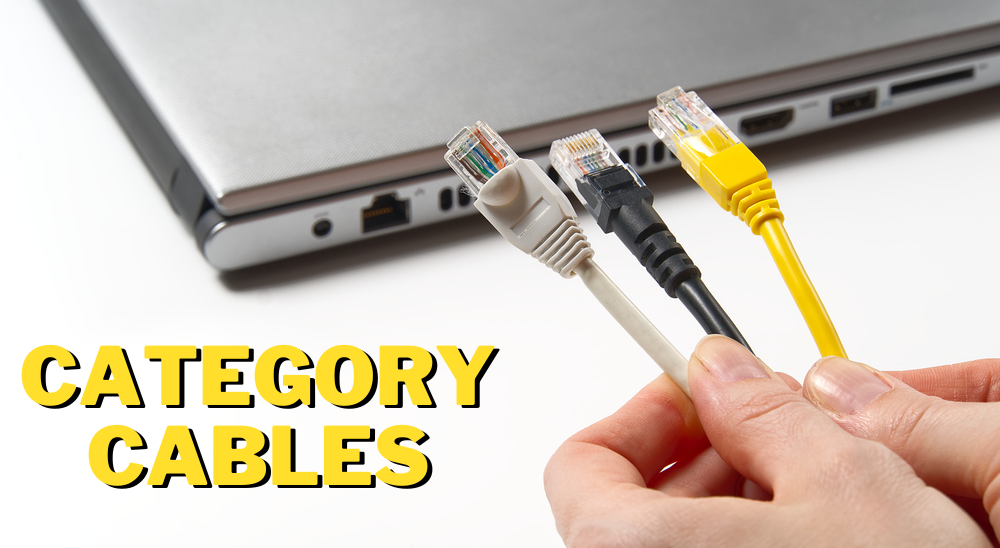The Latest Trend in Category Cables
Posted : 14-February-2022
Category cables, commonly known as Cat cables, are the backbone of modern networking infrastructure. They have undergone significant advancements over the years, with each iteration improving speed, reliability, and performance. In this article, we will delve into the latest trend in category cables, exploring the innovations that are shaping the future of networking.
Evolution of Category Cables
The journey of category cables traces back to the introduction of Cat5 cables, which revolutionized the way data was transmitted over networks. Since then, we have witnessed the emergence of Cat5e, Cat6, Cat6a, Cat7, Cat7a, and the latest addition, Cat8. Each iteration has pushed the boundaries of networking technology, offering higher bandwidths and better signal integrity.
Understanding Category Cables
Category cables come in various types, each designed for specific applications and performance requirements. Cat5 and Cat5e cables are commonly used for Ethernet networking in residential and small office settings. Cat6 plenum and Cat6a bulk cables are preferred for high-speed data transmission in commercial and enterprise environments. Cat7 plenum and Cat7a cables, known for their shielded design, provide superior performance in demanding applications. The newest entrant, Cat8 cables, promises blazing-fast speeds and unparalleled reliability, making them ideal for data centers and industrial settings.
The Latest Trend in the Category of Cables
The latest trend in category cables revolves around the introduction of Cat8 cables, which represent the pinnacle of networking technology. These cables boast impressive features such as unprecedented data transfer rates, enhanced shielding for minimal interference, and support for emerging technologies like 25G and 40G Ethernet. Moreover, Cat8 cables are backward compatible with lower-category cables, ensuring seamless integration into existing network infrastructures.
Advantages of Using the Latest Category Cables
The adoption of the latest category of cables offers several advantages for organizations seeking to future-proof their networks. With higher bandwidths and faster data transfer speeds, Cat8 cables enable smoother communication and reduced latency, resulting in improved productivity and user experience. Their robust construction and advanced shielding also ensure reliable performance even in the most challenging environments.
Challenges and Considerations
While the latest category of cables offers compelling benefits, they also pose some challenges and considerations for network administrators. Compatibility issues may arise when integrating Cat8 cables with older networking equipment, necessitating upgrades or adapters. Moreover, the installation of Cat8 cables requires careful planning and expertise due to their higher frequency requirements and stricter cabling standards.
Future Prospects and Predictions
Looking ahead, the future of category cables appears promising, with continued advancements expected to drive innovation in networking technology. As demand for higher bandwidths and greater reliability grows, we can anticipate further enhancements in cable design and performance. From improved shielding techniques to innovations in cable management, the evolution of category cables will play a crucial role in shaping the future of networking infrastructure.
Conclusion
In conclusion, the latest trend in the category of cables represents a significant leap forward in networking technology. With the introduction of Cat8 cables and their advanced features, organizations can achieve unparalleled performance and reliability in their network infrastructure. However, it is essential to consider the challenges and considerations associated with adopting these cables and plan accordingly to ensure seamless integration and optimal performance.
FAQs
Are Cat8 cables backward compatible with older networking equipment?
Yes, Cat8 cables are backward compatible with lower-category cables, ensuring compatibility with older networking equipment.
What are the primary advantages of using Cat8 cables?
Cat8 cables offer higher bandwidths, faster data transfer speeds, and enhanced shielding for superior performance and reliability.
What applications are Cat8 cables suitable for?
Cat8 cables are ideal for data centers, industrial environments, and any application requiring high-speed and reliable networking.
What are the main challenges associated with installing Cat8 cables?
Installing Cat8 cables requires careful planning and expertise due to their higher frequency requirements and stricter cabling standards.
What does the future hold for category cables?
The future of category cables looks promising, with continued advancements expected to drive innovation in networking technology, ensuring even higher performance and reliability.
Latest Blog
-

Cat5e, Cat6, Cat6a and Cat7: Ethernet Cable Differences and Similarities
Read More -

Category Cable Services in USA
Read More -
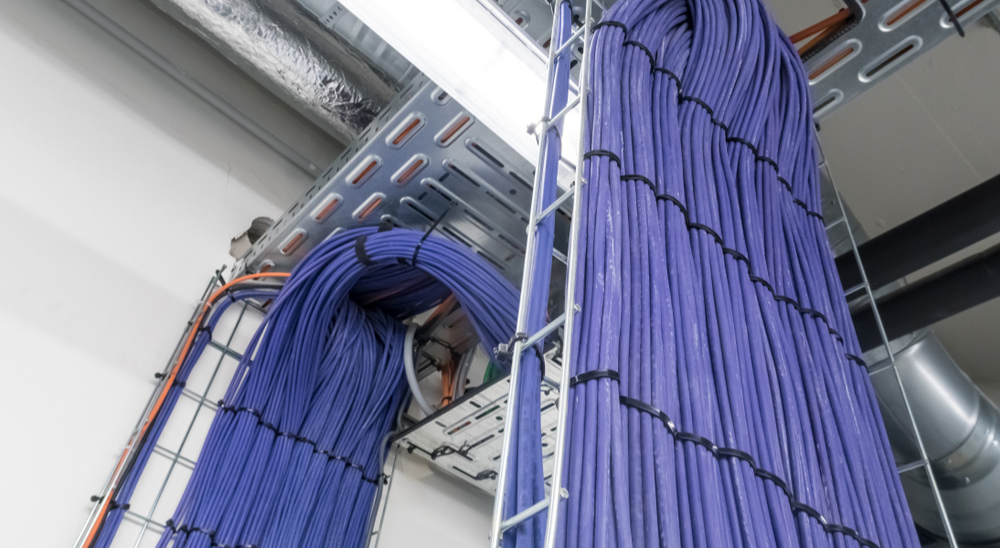
Structured Cabling Standards For Commercial Buildings
Read More -
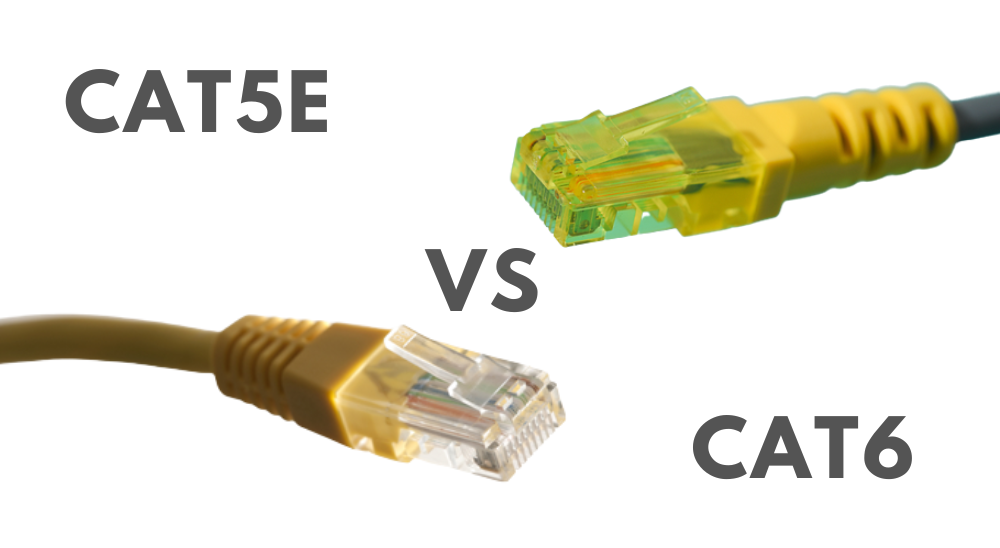
Evolution Of Ethernet Cables: Cat5e vs Cat6
Read More -
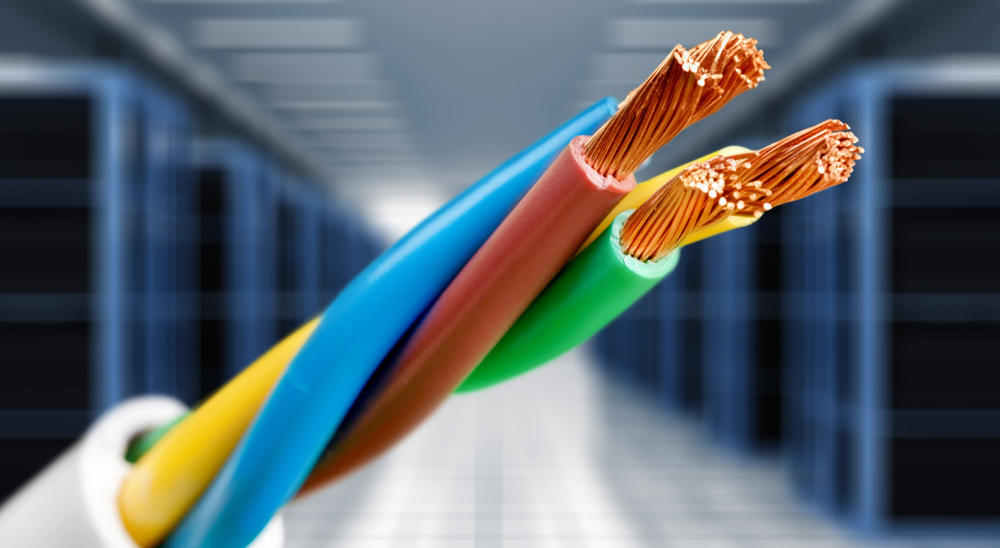
Select the Right Shielded Cable for your Network
Read More -

How To Decide on The Right Cables for Your Business Network
Read More -
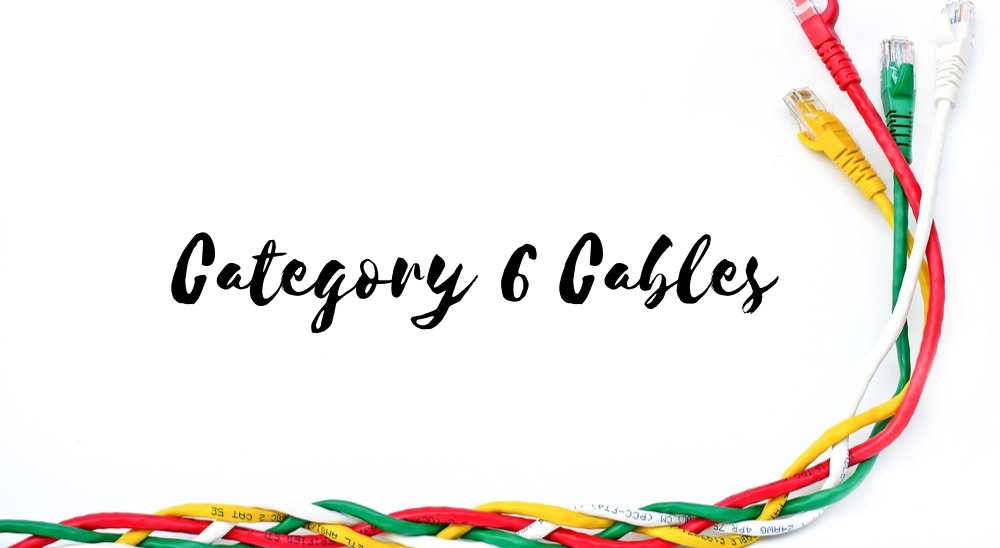
What is Category 6 Cable?
Read More -

Why You Should Choose Cat6 Plenum Shielded?
Read More -
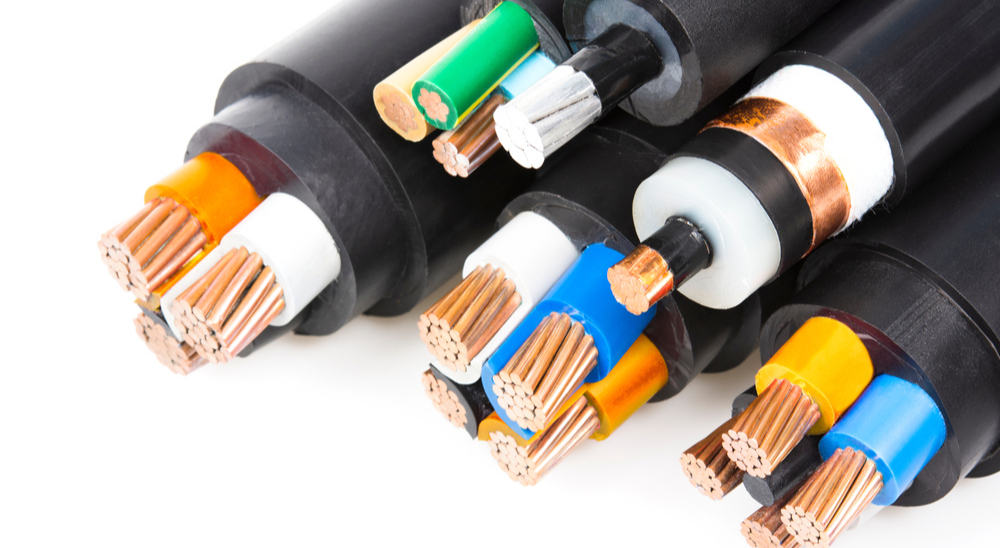
What Is Insulating Material in Cable?
Read More -
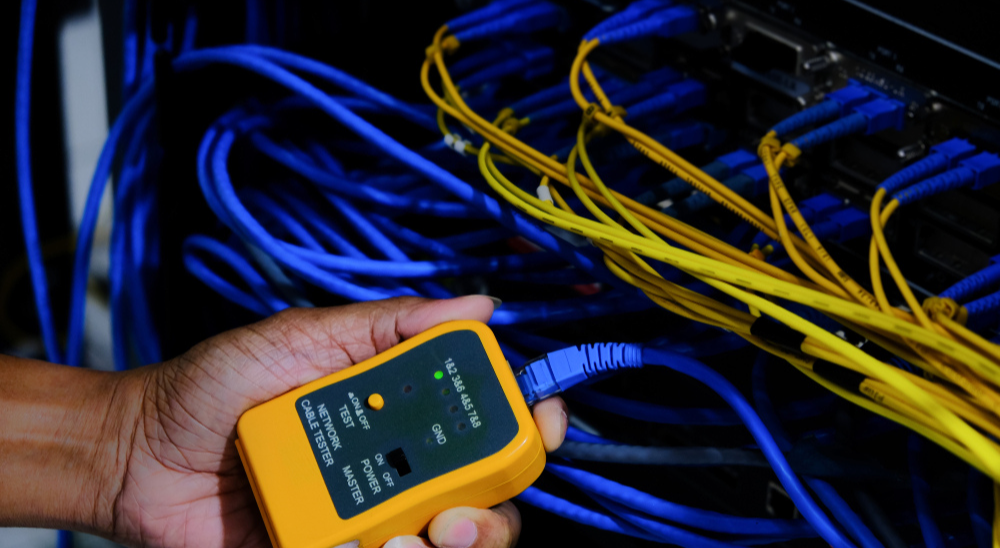
What Are The Cat5e And Cat6 Cable Testers?
Read More
